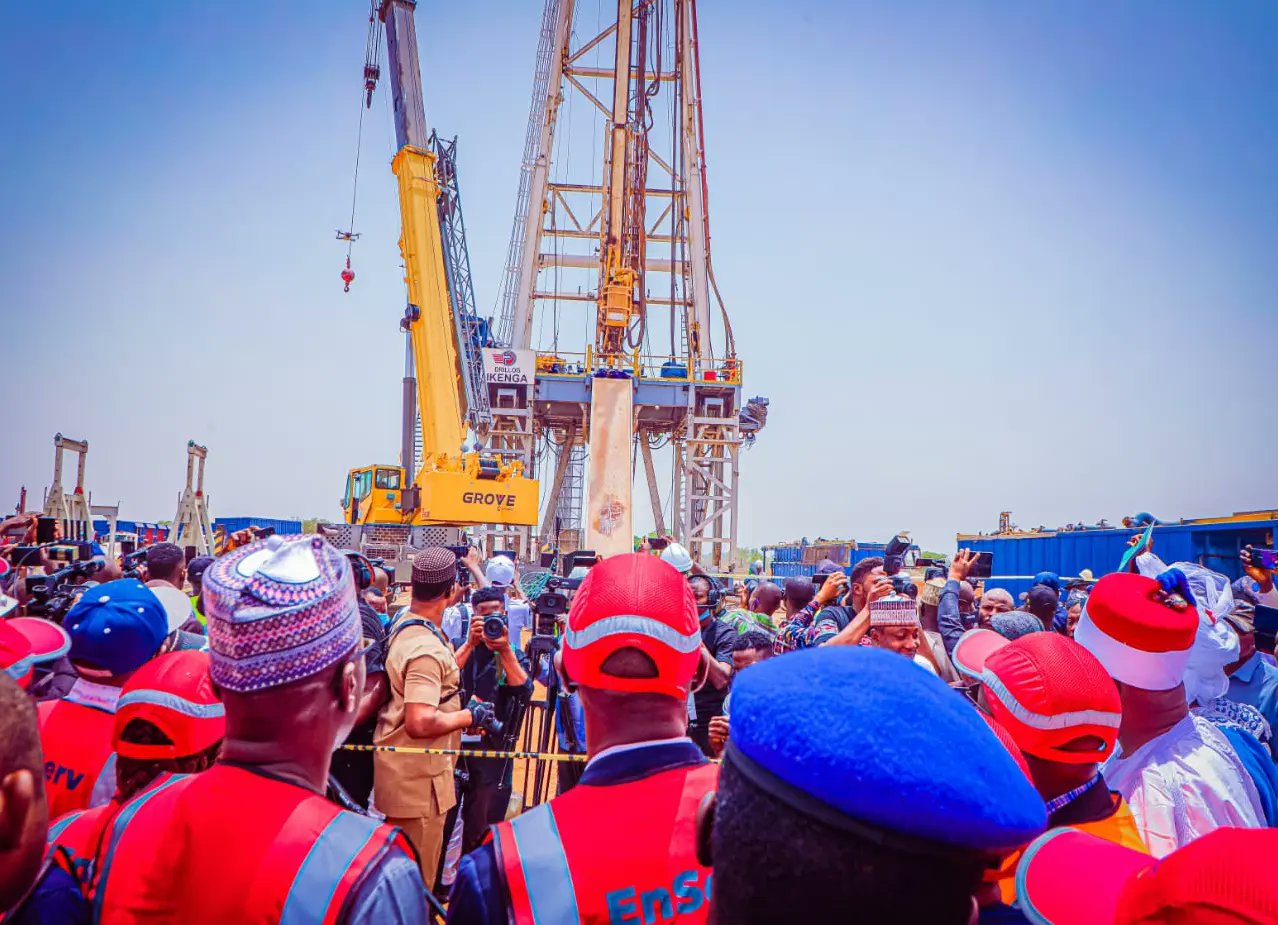The African Export-Import Bank (Afreximbank) says it has provided a grant of $350,000 to Nigeria for the development of inland waterways along the Lower River Niger.
The project is expected to facilitate the movement of goods using navigable waterways in Nigeria.
In a statement on Monday, the bank said it leveraged on its partnership with the Nigerian Export-Import Bank (NEXIM), the federal ministry of transportation and the Nigerian navy to offer the funding support.
Afreximbank said a major milestone in the quest to unlock the huge potentials in transportation on Nigeria’s inland waterways had been recorded on March 16, 2023, with the unveiling of the navigational charts of the Lower River Niger by Mu’azu Sambo, minister of transportation.
Advertisement
The bank said the charting project was made possible by its grant in recognition of the importance of inland waterways transportation and by extension, coastal waterways transportation, to its mandate of promoting intra-African trade.
Afreximbank said the charting covered a distance of 456km from Jamata, Lokoja to Burutu and have been approved by the International Centre for Electronic Navigational Charts (IC-ENC) having met international hydrographic organization’s standards.
The bank explained that although some more work like dredging and removal of identified wrecks are still expected to be done on the channel, navigational activities can commence with the use of the charts which mariners can obtain from the IC-ENC either in hard copy or electronic form.
Advertisement
Speaking at the event, Sambo hailed the support from Afreximbank through the grant and spoke on the importance of water transportation as the most environmentally friendly mode of transportation with significant economic benefits.
He cited the example of the United States of America where 60 percent of agricultural produce is moved through inland waterways.
The minister also commended the efforts of all the parties involved in the activity and made commitment to progressing the subsequent activities involved to make the movement of goods on the Lower River Niger from the hinterlands to the coastal lands possible.
Advertisement
Add a comment






